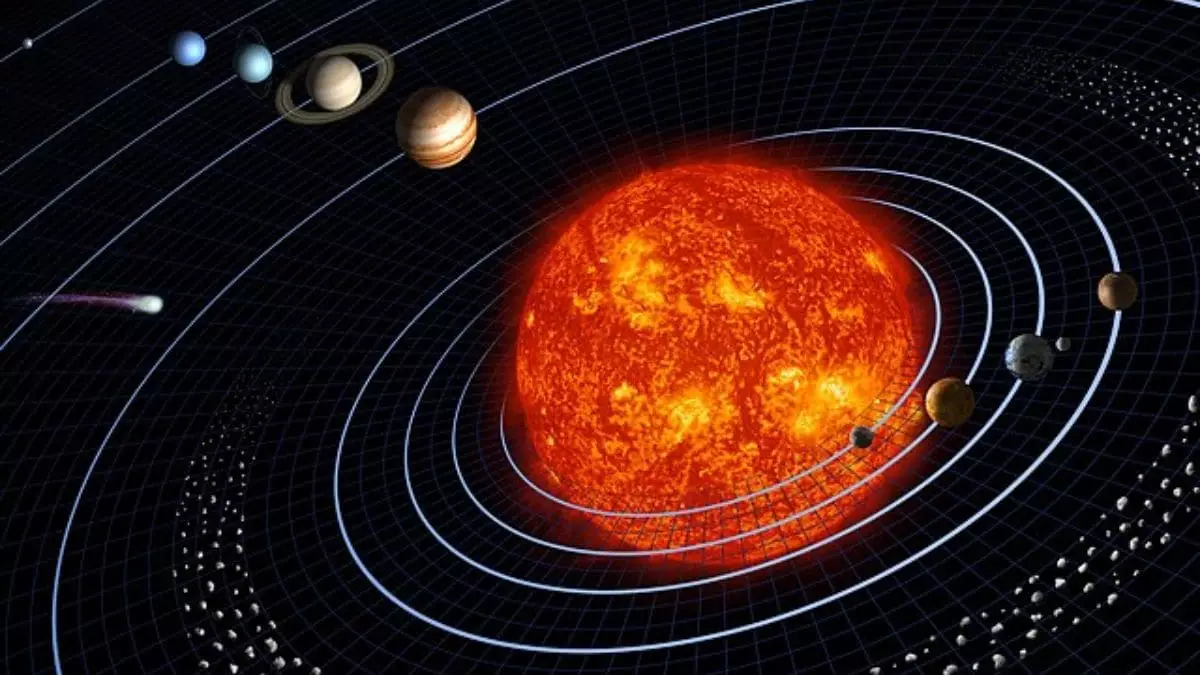For decades, scientists have operated under a relatively straightforward model: the inner planets, including Earth and Mars, formed swiftly and early, with the outer planets and their rocky counterparts lagging behind due to the complexity introduced by water and ice. This new insight, sparked by an unexpectedly ancient meteorite, shatters that conventional wisdom. Instead of a staggered timeline, where planetary formation was a prolonged, region-specific process, the evidence increasingly suggests a much more synchronized and rapid development across the entire solar system.
This paradigm shift appears to emphasize a universe where planetary bodies formed almost simultaneously, regardless of their proximity to the Sun. The implications aren’t merely academic. They threaten to tip the entire understanding of planetary evolution, forcing scientists to reconsider the interconnectedness of formation processes that were once thought to be heavily influenced by local environmental factors like temperature and water content. This is an inspiring, though deeply unsettling, reminder of how incomplete our current models might be, waiting for a tiny meteorite to force us into new thinking.
Unveiling the Hidden Complexity in Cosmic Timing
What makes this meteorite’s story particularly compelling is the apparent contradiction it presents. A small, 50-gram sample from beyond the asteroid belt—Northwest Africa 12264—reveals a formation date that closely aligns with samples from inner planets. Dating methods place its age at approximately 4.564 billion years, nearly indistinguishable from the earliest crusts of Earth and Mars. This tight age window suggests that rocky planetary bodies, regardless of their eventual composition or location in the solar system, may have coalesced much more rapidly than older models postulated.
Such findings underscore a critical oversight in our understanding: the supposed delay caused by water-rich environments in the outer solar system may have been overstated. The idea that ice and water act as slow-motion brakes on planetary differentiation now seems less convincing. Instead, the new evidence intimates a universe where planetary formation was a more uniform, perhaps even more efficient, process—one that unfolded in a matter of millions rather than tens of millions of years.
The Broader Cosmic Implications and Future Directions
The ramifications extend well beyond our solar neighborhood. Astronomers observing distant star systems with protoplanetary disks have long debated whether our solar system is a typical example or an anomaly. The quick formation of planetesimals and planetary cores observed here lends credence to a hypothesis: the processes that generated our planets may be common, happening on similar timescales throughout the galaxy.
This perspective invites us to reconsider the likelihood of Earth-like planets elsewhere. If planets can form swiftly over large regions of space, then habitable worlds could be more plentiful than previously believed. Moreover, this new timeline aligns with models derived from exoplanetary systems, bridging the gap between our local history and the broader galactic context. It pushes us to embrace a cosmic narrative where planetary formation is an almost universal phenomenon, unfolding in predictable, rapid bursts that shape planetary architectures far beyond our own solar system.
In embracing this transformative view, we are reminded that the universe consistently challenges our certainty—each tiny meteorite a potential harbinger of new cosmic truths, urging us to maintain an open mind about the origins of worlds, life, and perhaps our own existence.


Leave a Reply